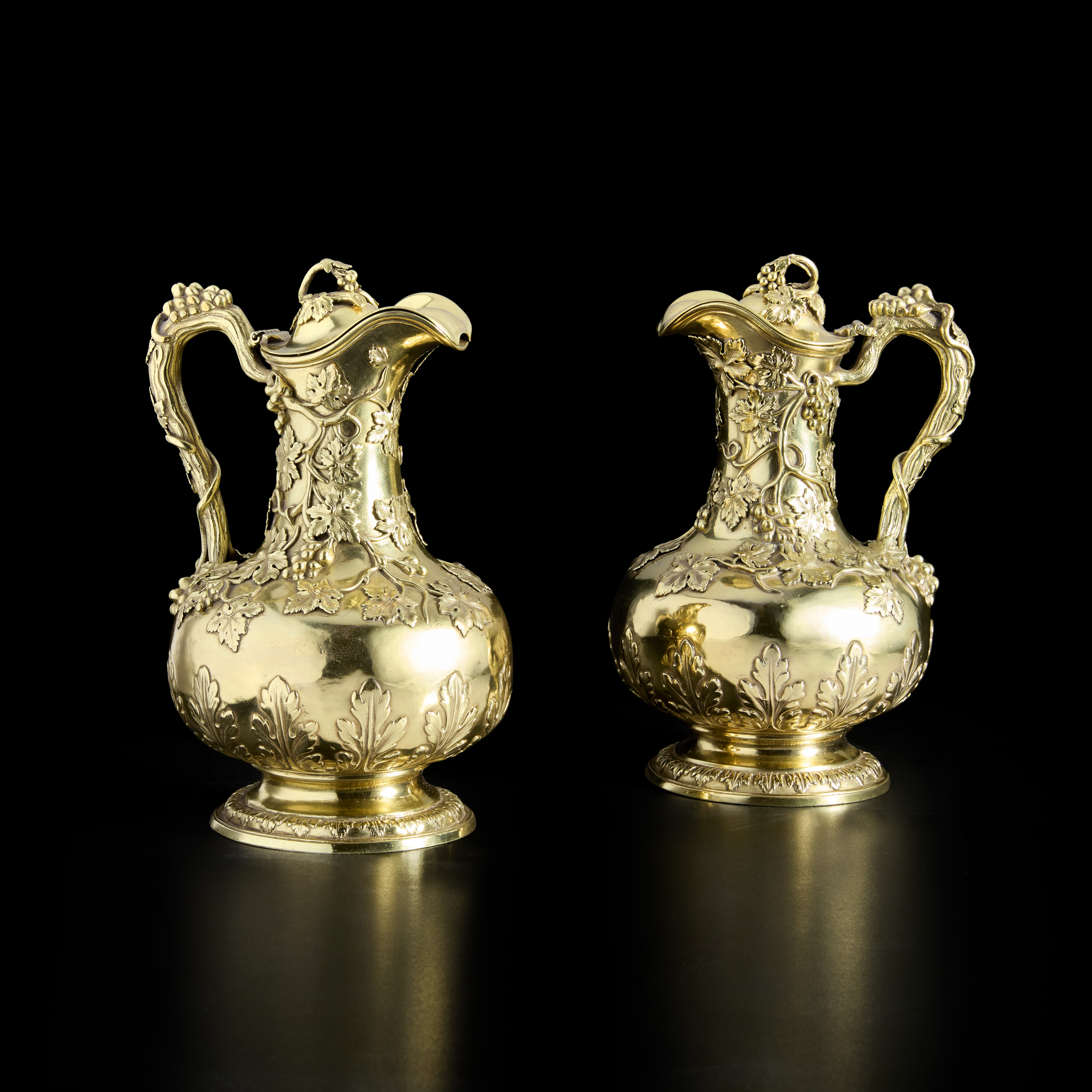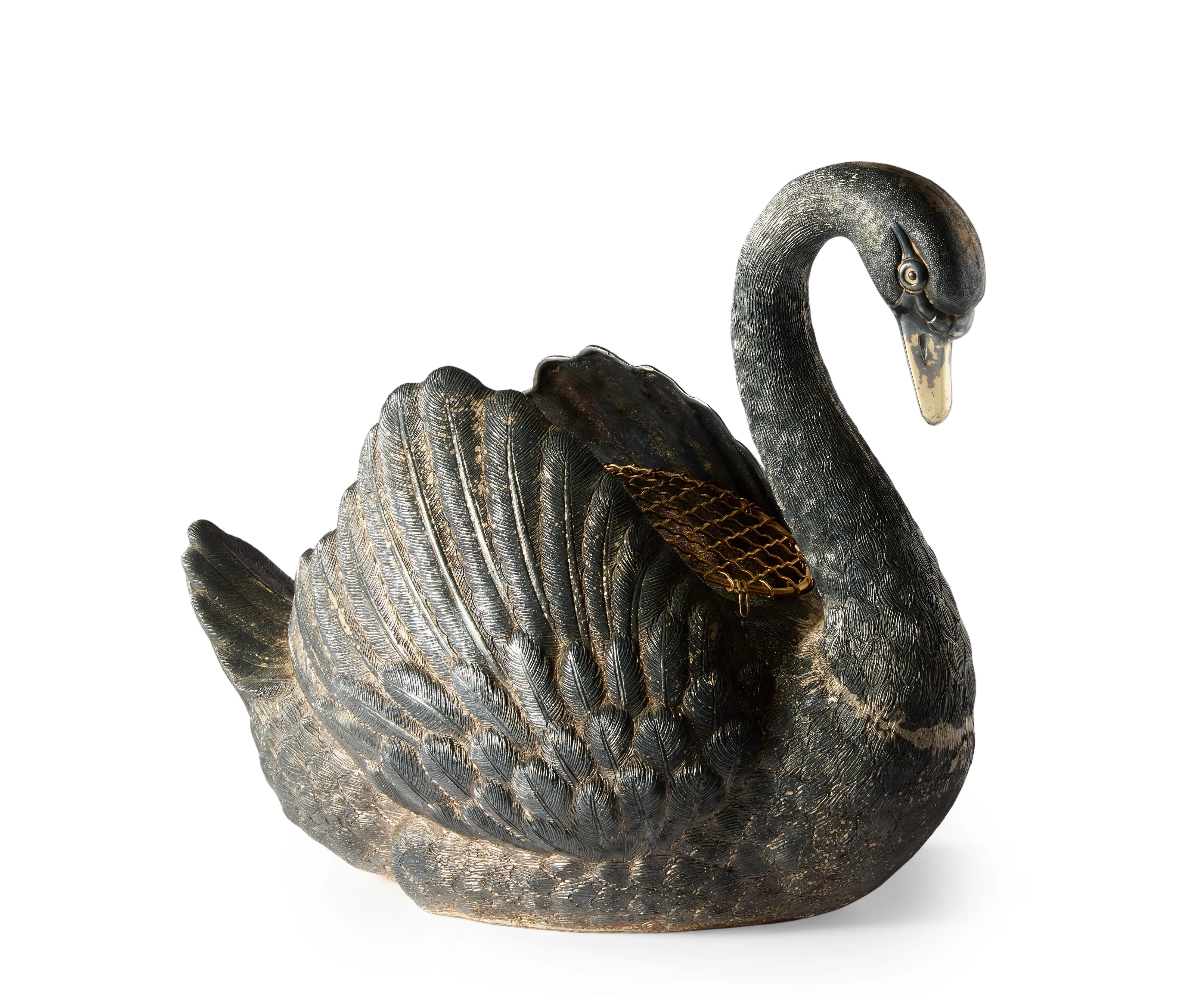An Edwardian silver tea service once presented to Sir Ernest Shackleton (1874–1922), the legendary Anglo-Irish Antarctic explorer, will be offered in Roseberys’ forthcoming Silver auction with an estimate of £2,000–£3,000.
Lot 4: Of Shackleton interest. An Edwardian silver tea set. James Dixon & Sons, Sheffield, c.1900.
Estimate: £2,000 - £3,000
The three-piece set, crafted by James Dixon & Sons of Sheffield around 1900, comprises a teapot, sugar bowl and milk jug. The engraved cartouches bear the Shackleton family crest and motto “Fortitudine Vincimus” meaning “Through endurance, we conquer”, the very words that later gave Shackleton’s most famous ship, the Endurance, its name.
Born in County Kildare, Shackleton remains one of Ireland’s most celebrated explorers. His leadership of the Endurance expedition of 1914-1916, when the ship became trapped in Antarctic pack ice and finally sank in the Weddell Sea on 21 November 1915, secured his place in history. The crew survived for months on the ice before escaping to Elephant Island in the ship’s boats. Shackleton, captain Frank Worsley and four others then made an 800-mile voyage across the “worst portion of the worst sea in the world” to raise the alarm and ultimately rescue every man. In 2022 the wreck of the Endurance was rediscovered, upright and astonishingly well preserved, lying 3,008 metres below the surface. The discovery reignited worldwide fascination with Shackleton’s story.
The tea set was reputedly presented to Shackleton in New York in 1910 during his North American lecture tour. Having returned from his triumphant 1907-09 Nimrod expedition, Shackleton and his wife Emily travelled to the United States aboard the Lusitania. In New York he lectured to the American Geographical Society, and received the prestigious Cullum Gold Medal from Admiral Peary. It was during this visit that the citizens of New York are said to have presented this silver service in recognition of his achievements.
The set later descended to Shackleton’s daughter Cecily (1906–1957), before passing to her cousin and close friend Rena Dodds. Dodds, who was godmother to the vendor’s sister, subsequently gifted the service to the vendor’s mother. From 2001 until earlier this year, the set was on long-term loan to the Scott Polar Research Institute in Cambridge, the institution Shackleton himself had supported at its founding in 1920 as a fitting repository for his records and possessions.
Georgina Agnew, Head of Department at Roseberys, said:
“This silver tea set is a rare and evocative piece of Shackletoniana with direct links to his family and the polar expeditions for which he is renowned.”
Accompanying the set are three cloth bags from the prestigious Bailey, Banks & Biddle Company of Philadelphia, along with a bundle of related documents and newspaper cuttings. These include an extract from the Cambridge News depicting the set on display at the Scott Polar Research Institute, a 1922 cutting reproducing an entry from Shackleton’s diary, and a museum exhibit card once used to describe the service.
Lot 3: A pair of George IV silver gilt wine ewers. William Elliott, London, 1828 and 1829.
Estimate: £6,000 - £8,000
Further auction highlights include a pair of George IV silver gilt wine ewers, dated 1828 and 1829 and made by William Elliott of London. They are engraved with the Forbes family crest as used by the Skellater branch in Scotland. They may have been owned by Alexander, 5th Laird of Inverernan, who rebuilt Inverernan House around the same period, or descendants of General John ‘Ian Roy’ Forbes of Skellater, whose crest appears on his tomb in Rio de Janeiro. The same crest also appears on Chinese export porcelain associated with the family, including examples bearing the mottos Audentior ito and Solus inter plurimos. Comparable ewers by Elliott are known, such as one in the Waddesdon Rothschild Collection.
Lot 1: A large silver 'black swan' centrepiece. C.J. Vander, London, 1973.
Estimate: £3,000 - £5,000
Finally, collectors will note a large 'black swan' centrepiece made by C.J. Vander in 1973. The blackened feathers are achieved through heavy oxidisation.







